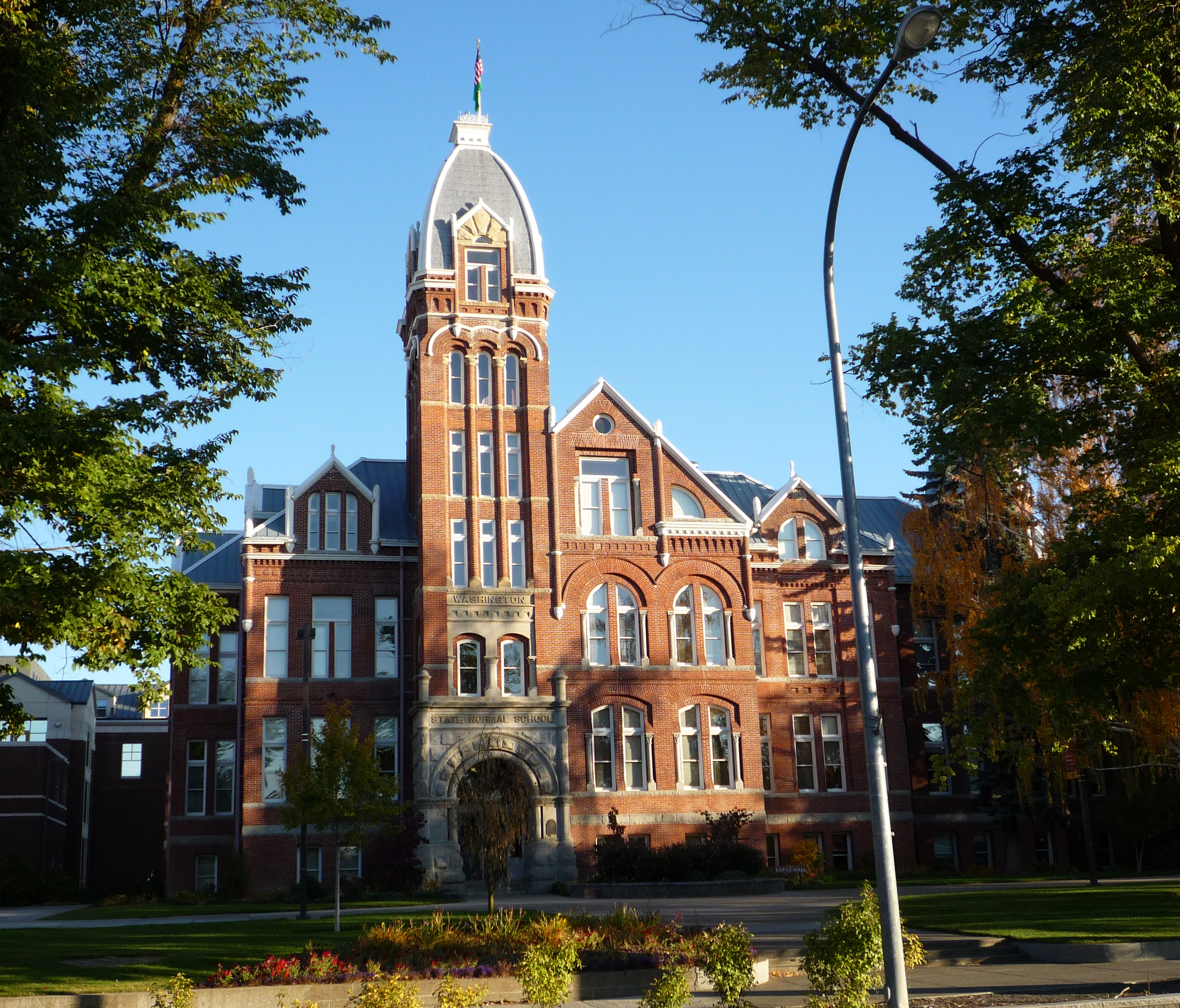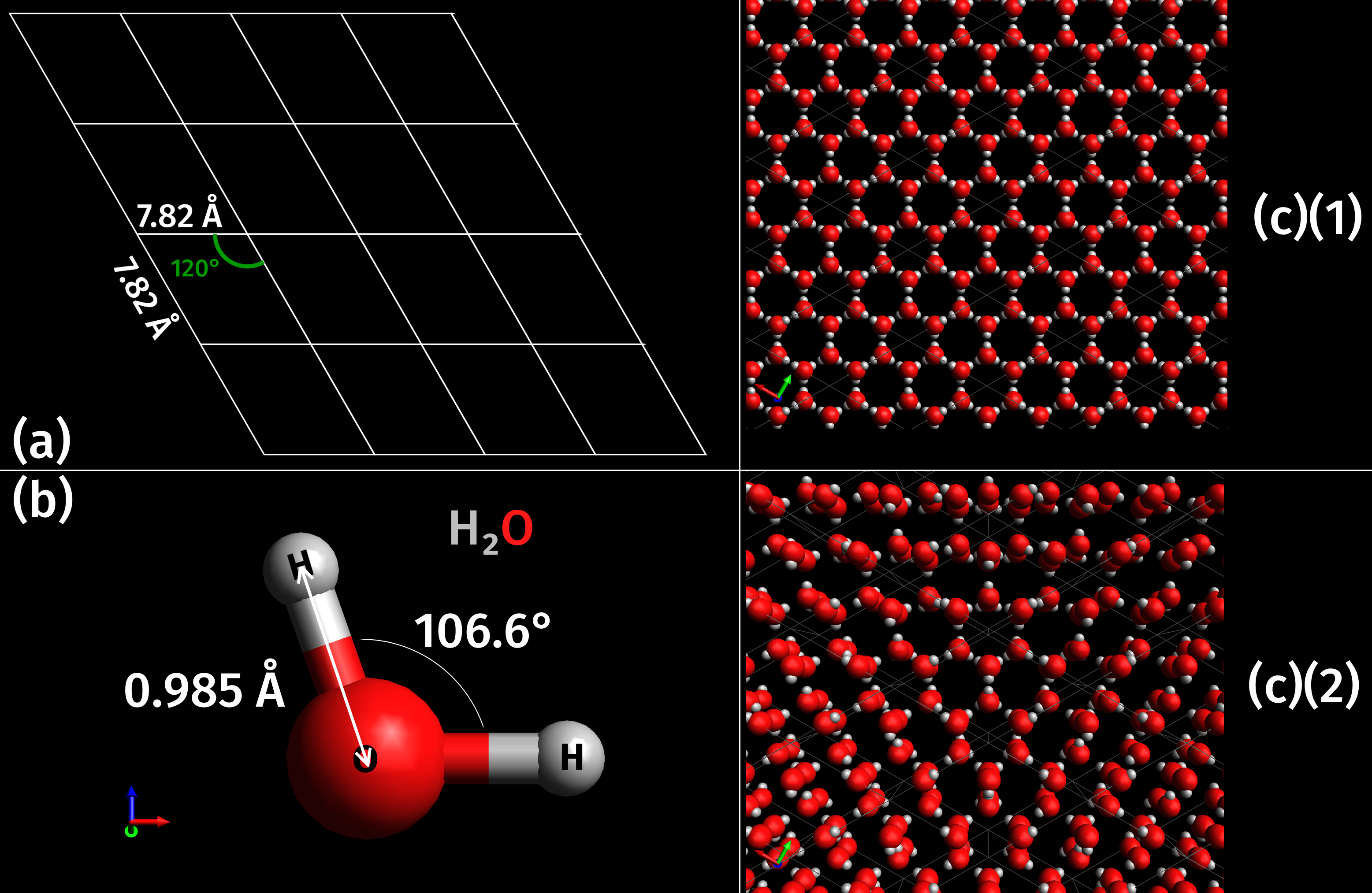|
Klickitat Mineral Springs
Two miles east of Klickitat, Washington are the Klickitat Mineral Springs. CO2 seeps from crevices in the basalt rock formation, presumed to originate from Mt. Adams. As early as 1879 a stage driver named Ed Phillips made side trips from Goldendale, Washington on his route between The Dalles, Oregon and Ellensburg, Washington for the carbonated water. While excavating one of the springs it caved in on him and he found himself in a warm mineral bath. The Native Americans in the nearby Wahkiakus village were already well aware of warm mineral baths, having built sweat houses utilizing the warm, carbonated water. Plans for a health spa gave way to a large bottling plant to supply Safeway with bottled water. However, although the bottled water was well liked it wasn't possible to keep the water clear and the bottles would soon go flat. After the owner, Mr. Langdon of Walla Walla, Washington, killed himself, in 1931 Raymond Newbern was sent by the Baker-Boyer Bank of Walla Walla to inves ... [...More Info...] [...Related Items...] OR: [Wikipedia] [Google] [Baidu] |
Klickitat, Washington
Klickitat is an unincorporated community and census-designated place (CDP) in Klickitat County, Washington, United States. The population was 320 at the 2020 census. Once the site of a lumber mill, it is now primarily a bedroom community. Geography Klickitat is located along the Klickitat River. The closest major town is Goldendale, to the east. State Route 142 passes through Klickitat, leading southwest (downstream) to Pitt and east (upstream) the same distance to Wahkiacus. Lyle, along the Columbia River, is to the southwest via Route 142. According to the United States Census Bureau, the Klickitat CDP has a total area of , all of it land. Demographics As of the census of 2000, there were 417 people, 147 households, and 110 families residing in the CDP. The population density was 161.9 people per square mile (62.4/km2). There were 173 housing units at an average density of 67.2/sq mi (25.9/km2). The racial makeup of the CDP was 92.33% White, 0.24% African Ame ... [...More Info...] [...Related Items...] OR: [Wikipedia] [Google] [Baidu] |
Goldendale, Washington
Goldendale is a city and county seat of Klickitat County, Washington, Klickitat County, Washington (state), Washington, United States, near the Columbia River Gorge. The population within city limits was 3,760 at the 2000 United States Census, 2000 census and 3,407 at the 2010 United States Census, 2010 census, a 9.4% decrease. It is situated in a primarily agricultural area and is also near Goldendale Observatory State Park. The valley in which Goldendale is located offers views of the Cascade Mountains to the west and the Simcoe Mountains to the north. History In 1859 the town was given its name by the early homesteader John Golden, a Pennsylvania-born farmer who settled with his wife from Oregon. His daughter's home at Columbus Street and Collins Street remains standing in downtown Goldendale. The town was designated as the county seat of Klickitat County in 1878. Goldendale was officially incorporated on November 14, 1879. Much of the young town, including the county courtho ... [...More Info...] [...Related Items...] OR: [Wikipedia] [Google] [Baidu] |
The Dalles, Oregon
The Dalles ( ;) formally the City of the Dalles and also called Dalles City, is an inland port, the county seat of and the largest city in Wasco County, Oregon, Wasco County, Oregon, United States. The population was 16,010 at the 2020 United States census, 2020 census, and it is the largest city in Oregon along the Columbia River outside the Portland Metropolitan Area. The Dalles is 75 miles (121 km) east of Portland, within the Columbia River Gorge, Columbia River Gorge National Scenic Area. History The area around The Dalles is known to have been a trading center for Native Americans as long as 10,000 years ago and is thus one of the oldest inhabited places in North America. The site of what is now the city of The Dalles was a major Native American trading center. The general area is one of the continent's most significant archaeological regions. Lewis and Clark camped Rock Fort Campsite, near Mill Creek on October 25–27, 1805, and recorded the Indian name for the c ... [...More Info...] [...Related Items...] OR: [Wikipedia] [Google] [Baidu] |
Ellensburg, Washington
Ellensburg is a city in and the county seat of Kittitas County, Washington, United States. It is located just east of the Cascade Range near the junction of Interstate 90 in Washington, Interstate 90 and Interstate 82. The population was 18,666 at the 2020 United States census, 2020 census. and was estimated to be 18,703 in 2022. The city is located along the Yakima River in the Kittitas Valley, an agricultural region that extends east towards the Columbia River. The valley is a major producer of timothy hay, which is processed and shipped internationally. Ellensburg is also the home of Central Washington University (CWU). Ellensburg, originally named Ellensburgh for the wife of town founder John Alden Shoudy, was founded in 1871 and grew rapidly in the 1880s following the arrival of the Northern Pacific Railway. The city was once a leading candidate to become the state capital of Washington, but its campaign was scuppered by a major fire in 1889. History John Alden Shoudy ar ... [...More Info...] [...Related Items...] OR: [Wikipedia] [Google] [Baidu] |
Walla Walla, Washington
Walla Walla ( ) is a city in and the county seat of Walla Walla County, Washington, United States. It had a population of 34,060 at the 2020 United States census, 2020 census, estimated to have decreased to 33,339 as of 2023. The combined population of the city and its two suburbs, the town of College Place, Washington, College Place and unincorporated Walla Walla East, Washington, Walla Walla East, is about 45,000. Walla Walla is in the southeastern region of Washington, approximately four hours away from Portland, Oregon, and four and a half hours from Seattle. It is located only north of the Oregon border. History Native history and early settlement Walla Walla's history starts in 1806 when the Lewis and Clark Expedition, Lewis and Clark expedition encountered the Walla Walla people, Walawalałáma (Walla Walla people) near the mouth of Walla Walla River. Other inhabitants of the valley included the Cayuse people, Liksiyu (Cayuse), Umatilla people, Imatalamłáma (Umatil ... [...More Info...] [...Related Items...] OR: [Wikipedia] [Google] [Baidu] |
Kennewick, Washington
Kennewick () is a city in Benton County, Washington, Benton County in the U.S. state of Washington (state), Washington. It is located along the southwest bank of the Columbia River, just southeast of the confluence of the Columbia and Yakima River, Yakima rivers and across from the confluence of the Columbia and Snake River, Snake rivers. It is the most populous of the three cities collectively referred to as the Tri-Cities, Washington, Tri-Cities (the others being Pasco, Washington, Pasco and Richland, Washington, Richland). The United States Census Bureau estimated the population to be 85,158 as of 2023, up from 83,921 at the 2020 United States census. The discovery of Kennewick Man along the banks of the Columbia River provides evidence of Native Americans in the United States, Native Americans' settlement of the area for at least 9,000 years. American settlers began moving into the region in the late 19th century as transportation infrastructure was built to connect Kennew ... [...More Info...] [...Related Items...] OR: [Wikipedia] [Google] [Baidu] |
Ice Plant-2
Ice is water that is frozen into a solid state, typically forming at or below temperatures of 0 ° C, 32 ° F, or 273.15 K. It occurs naturally on Earth, on other planets, in Oort cloud objects, and as interstellar ice. As a naturally occurring crystalline inorganic solid with an ordered structure, ice is considered to be a mineral. Depending on the presence of impurities such as particles of soil or bubbles of air, it can appear transparent or a more or less opaque bluish-white color. Virtually all of the ice on Earth is of a hexagonal crystalline structure denoted as ''ice Ih'' (spoken as "ice one h"). Depending on temperature and pressure, at least nineteen phases ( packing geometries) can exist. The most common phase transition to ice Ih occurs when liquid water is cooled below (, ) at standard atmospheric pressure. When water is cooled rapidly (quenching), up to three types of amorphous ice can form. Interstellar ice is overwhelmingly low-density amorphous ice (LDA), ... [...More Info...] [...Related Items...] OR: [Wikipedia] [Google] [Baidu] |






